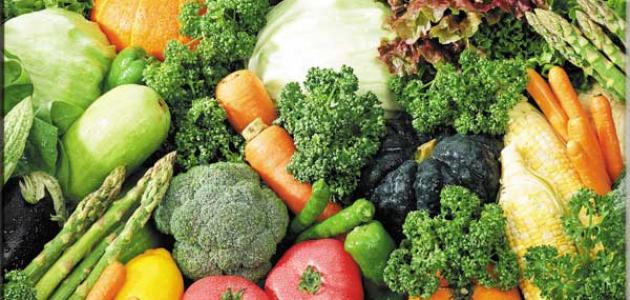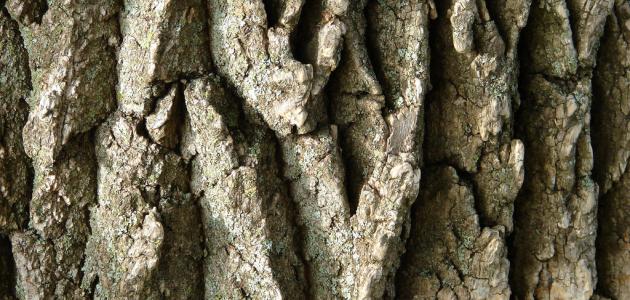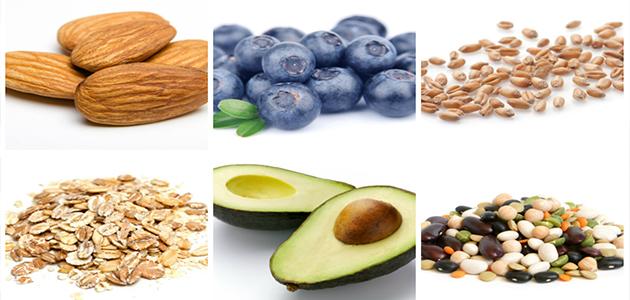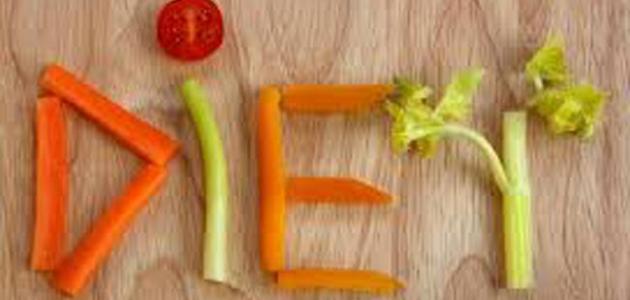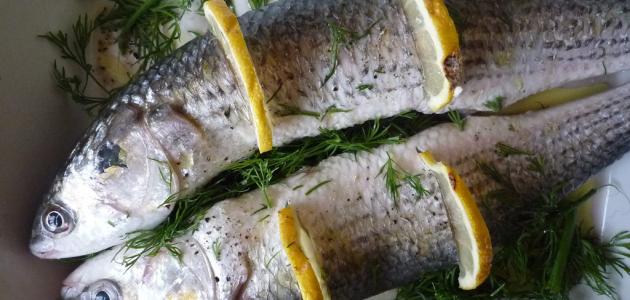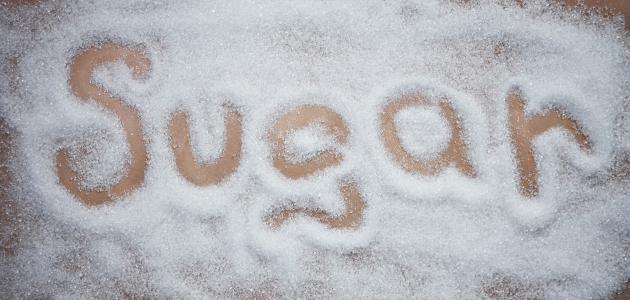Contents
Dietary fiber
Dietary fiber , one part of good represent edible plants or extracts, a non-digestible or absorption in the small intestine, usually go through full or partial Baltkhmar in the large intestine, [1] is known as the Codex Alimentarius for the 2013 dietary fiber as polymers of carbohydrates associated with ten Mono or more units, which are not degraded by enzymes in the human small intestine. [2]
Dietary fiber is characterized by many physical and chemical properties that are responsible for its functional behavior, such as solubility, fermentation, viscosity, and water absorption. [3] It should also be noted that fiber is divided into dietary fibers naturally present in foods, and functional fibers, which are extracted or Isolated from whole foods, and then added to processed foods. [4]
Types of dietary fiber
Dietary fibers are classified according to their composition, into multiple sugars with linear or non-linear particles, or they are classified according to solubility, into soluble or insoluble, and this classification is the most common and widely circulated, and in what follows an explanation: [5]
- Water-soluble fibers : Fibers dissolved in water are composed of non-cellulosic polysaccharides, such as pectin , gum, and mucilage, [5] and these fibers absorb water and form a gel in the digestive system, [6] and some of them can be fermented by the beneficial bacteria present In the large intestine , such as: oats, barley, and raw guar gum, [7] nuts, seeds, and some legumes such as lentils, peas, and beans, in addition to some fruits and vegetables, [8] and some of them absorb water but not It can ferment, like Psyllium, [7] and is a fiber made from the scales of the seeds of the plantago ovata plant.[9]
- Water insoluble fibers : Water insoluble fibers consist of cell wall components, such as: cellulose, lignin, and hemicellulose, [5] and these fibers do not dissolve in water or retain it. It does not ferment well, including wheat bran , cellulose, lignin, [7] and whole-wheat flour, and some types of vegetables, such as: cauliflower or cauliflower, green beans, and potatoes, [10] It is worth noting that most plants contain dietary fiber, and are not Dissolved in water in various quantities, which is an important part of a healthy diet, which is necessary to support many body systems, [11]
To learn about the different benefits of fiber, you can review the article on the health benefits of dietary fiber .
Recommended amounts of dietary fiber
In general, experts advise to increase the amount of fiber consumed as part of a healthy and balanced diet, and to search for ways to increase its intake. The following are the recommended amounts for different age groups: [12]
- Children from 2 to 5 years old: need the equivalent of 15 grams per day.
- Children from 5 to 11 years old: They need the equivalent of 20 grams per day.
- Children 11 to 16 years old: They need the equivalent of 25 grams per day.
To find out where these dietary fibers are found, and to obtain them from different foods, you can refer to the article Where is Dietary Fiber .
References
- ↑ "Dietary Fiber" , www.nrv.gov.au , 9-5-2019, Retrieved 2-6-2020. Edited.
- ↑ "Dietary fiber" , www.ifst.org , Retrieved 2-6-2020. Edited.
- ↑ Deepak Mudgil (2017), "Dietary Fiber" , www.sciencedirect.com , Retrieved 2-6-2020. Edited.
- ↑ Joe Leech (4-6-2017), “Good Fiber, Bad Fiber - How The Different Types Affect You” , www.healthline.com , Retrieved 2-6-2020. Edited.
- ^ A b T Fan-Jhen Daia, Chi-Fai Chau , (1-2017), "Classification And Regulatory Perspectives Of Dietary Fiber" , Www.sciencedirect.com , Retrieved 2-6-2020. Edited.
- ↑ Tim Newman (27-4-2020), "Why do we need dietary fiber?" , Www.medicalnewstoday.com The , Retrieved 3-6-2020. Edited.
- ^ A b v "Fiber" , Www.lpi.oregonstate.edu , Retrieved 3-6-2020. Edited.
- ↑ "Soluble vs. insoluble fiber" , www.medlineplus.gov , Retrieved 3-6-2020. Edited.
- ↑ Brian Krans, Kristeen Cherney (22-4-2019), "The Health Benefits of Psyllium" , www.healthline.com , Retrieved 3-6-2020. Edited.
- ↑ "Dietary fiber: Essential for a healthy diet" , www.mayoclinic.org , 16-11-2018, Retrieved 3-6-2020. Edited.
- ↑ Taylor Norris (28-2-2018), "What's the Difference Between Soluble and Insoluble Fiber?" , Www.healthline.com , Retrieved 3-6-2020. Edited.
- ↑ "How to get more fiber into your diet" , www.nhs.uk , 1-8-2018, Retrieved 2-6-2020. Edited.
